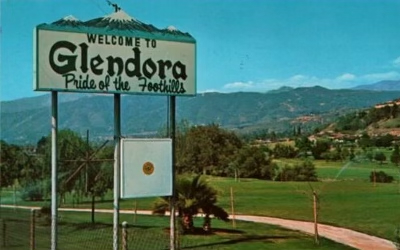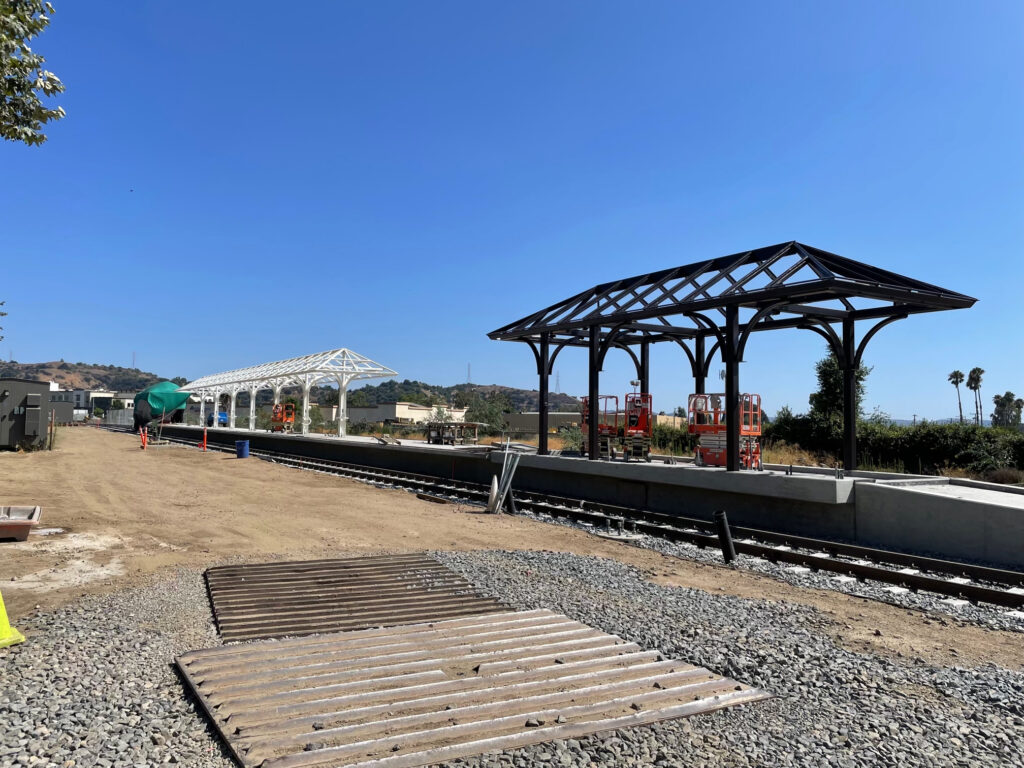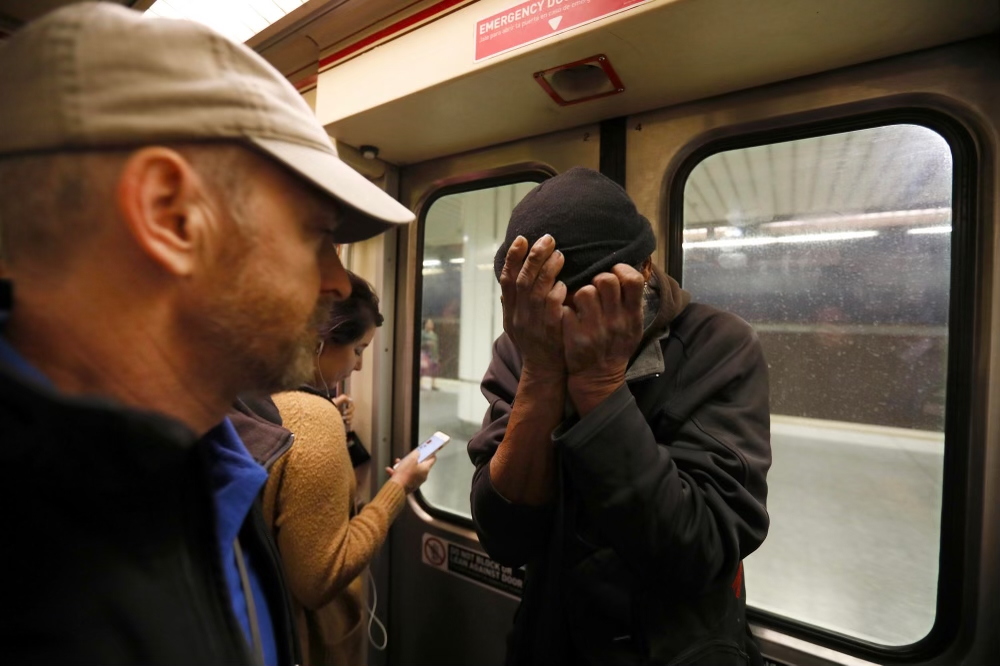In small-town California, the sun is always shining and the birdsongs are always beautiful but not loud enough to disturb anyone. The nuclear family plays on their perfect green lawn and when the children go off to their first sleepover, their parents are not too anxious because the parents hosting are old high school buddies.
Karen Cullen, descendant of the first permanent settlers of a suburban San Gabriel Valley city called Glendora, has been a resident most of her life – since 1945 – and describes her memories of the town as “a big family in a small community”: “Everybody knew each other and took care of each other,” she says. “We had an idyllic life. You felt safe. You didn’t even think about not feeling safe.”

My dad, Marco De La Peza, was raised by Glendora with a nearly identical feeling of comfort in the eighties: “It was just fun. There was no pressure. I didn’t have to make money, I could just do whatever I wanted.”
“Class was never a topic as far as I can remember. It wasn’t something we were worried about or talking about,” he explains. Since forever, a bubble has seemed to encapsulate suburbs like Glendora, preserving them in rose-colored hues in the minds of many of their residents.
However, a bubble cannot hold up against a speeding train. In 2024, a train station will be finished for a Metro Gold Line extension called Foothill Gold Line, spanning from Glendora to Montclair. For a period of time, the Glendora station will be the end of the line. Residents have been complaining for years, objecting to the arrival of more unhoused people. “I talk to people so often who say, ‘I feel really sorry for the homeless,’” says Cullen. “‘I wanna help them, but they can’t come here.’”

“Quit being so afraid of change,” my dad says in frustration, and he satirizes the suburban aversion to seeing those with economic struggles: “What do you want to do? Build the wall around Glendora? Don’t let these people in, because only the good people live here, right? Only the moral white people live here. Don’t let those other people in, they’re ruining us.”
But Glendora is no longer the self-imagined Shangri-la, protected from the discomfort and unattractiveness of wealth disparity, that many of its settled-in residents have always conceived of it as. Our median household income is $106,718 and the median value of a house is $749,400. However, 42 percent of Glendora High School students are considered economically disadvantaged and 7.2 percent of Glendora residents sit below the poverty line.
Despite nearly half of local high schoolers being at disadvantage, Glendora is relatively privileged. Just next door in the Azusa Unified School District, 79.5 percent of students are considered economically disadvantaged, and 13.2 percent of residents are in poverty. Financial struggle is becoming a hallmark of Southern California, and suburbs are no longer the safe exception.

The absolutism of Glendora’s insulated barriers to the “outside” is waning. The new consciousness this allows in primarily calls for honesty–being honest about what is happening and what we do when it comes to confronting these changes. This may be the most loving thing a suburbanite can do for the town they adhere to so affectionately. An immense passion already exists for the issues suburbanites are open-hearted toward, like supporting the public school district. In an era when financial strain is being associated with the Californian identity–suburban or not–let’s extend that spirit of neighborly support to the community members most impacted by wealth disparity.
